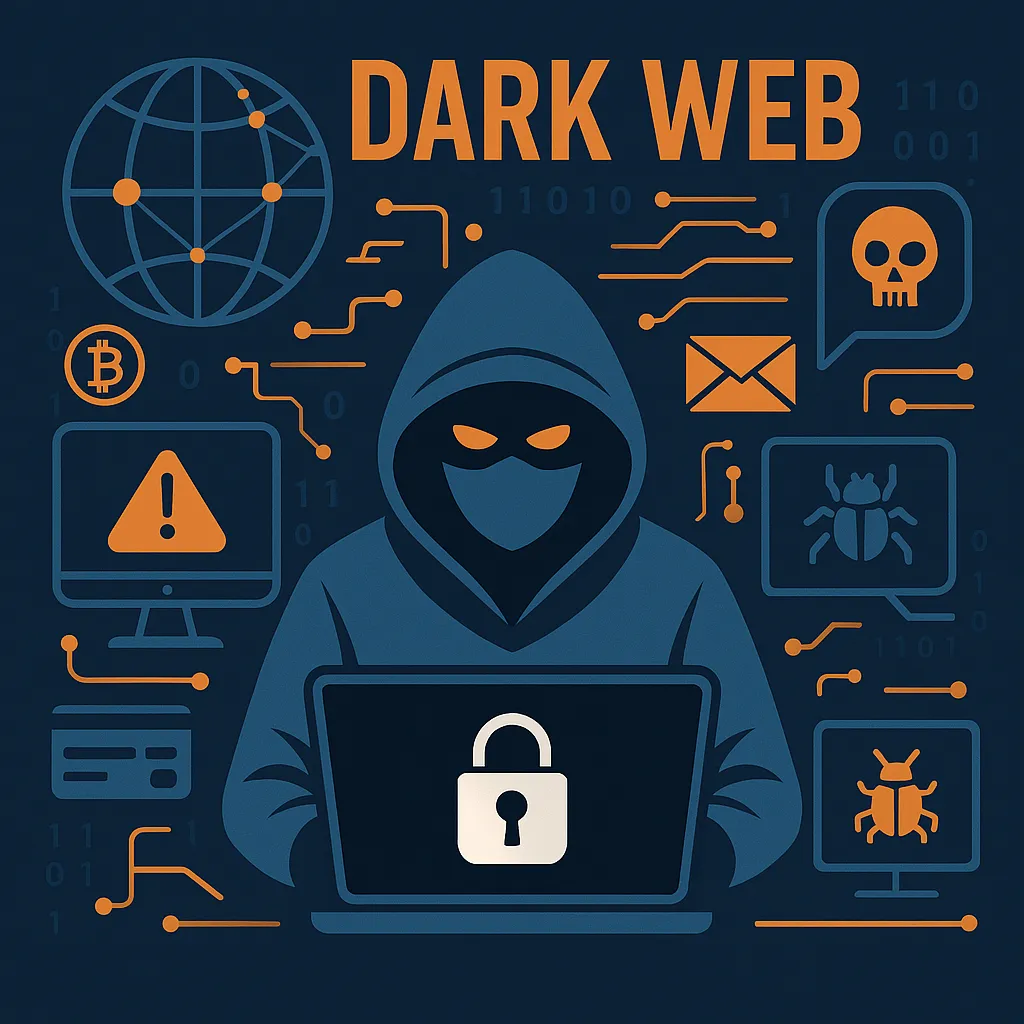The Persistent Threat of Cybercrime and How It Affects You
Cybercrime is a continually evolving threat that impacts individuals, companies, and governments across the globe. With advancements in technology, criminals find new ways to exploit systems, leading to significant financial and data losses. This article will explore recent examples of cybercrime, explain common methods used, and provide insights into how you can protect yourself.
Understanding Cybercrime
Cybercrime involves any criminal activity that uses computers and networks, or targets these technologies. Hackers steal data, disrupt services, or use malware to gain unauthorized access to systems. Recent incidents highlight the relentless pace of these activities on the dark web and beyond.
For instance, a report by SOCRadar detailed an Android RAT (Remote Access Trojan) that allows criminals to control devices remotely, facilitating unauthorized access and information theft (malware.news). Similarly, large-scale data breaches like the scraping of 489 million Instagram accounts demonstrate the vast scale of data vulnerabilities (malware.news).
Notable Cybercrime Tactics
Phishing and Social Engineering
Phishing attacks trick users into providing sensitive information. Cybercriminals impersonate legitimate institutions, leading users to enter personal details into malicious sites.
Malware and Ransomware
Ransomware locks users out of their systems, demanding payment to regain access. Malware like RATs gives attackers remote control over devices, leading to further misuse.
Data Harvesting on Dark Web
The dark web is a part of the internet hosted within an encrypted network and accessible only through specific software. It is often used for trading illegal items, including stolen data. The sale of scraped Instagram accounts illustrates the thriving market for personal data on the dark web.
Case Studies: Recent Cyber Crimes
In 2024, German authorities dismantled the 'Crimemarket' cybercrime website, arresting six people involved in its operation (packetstorm.news). Additionally, a notorious hacker managed to break into the mainframe of the prison where he was incarcerated in 2013, demonstrating the audacity and skill of modern cybercriminals (packetstorm.news).
Protecting Yourself from Cybercrime
To safeguard against cybercrime, individuals and organizations should adopt robust cybersecurity measures. Use strong, unique passwords, enable two-factor authentication, and keep software updated. Awareness training for phishing and other scams is also crucial.
For enterprises, investing in security infrastructure and continuously monitoring systems for unauthorized access are essential steps. Advanced solutions like real-time threat detection and response can drastically reduce the vulnerability to cyber attacks.
Conclusion
Cybercrime continues to pose a significant threat, as seen through recent incidents and the ongoing sale of illegal goods on the dark web. By understanding the tactics used by criminals and implementing strong security measures, individuals and organizations can better protect themselves from these malicious activities.

